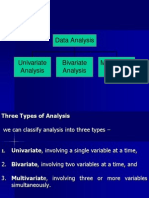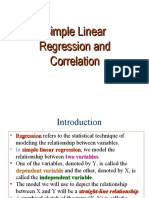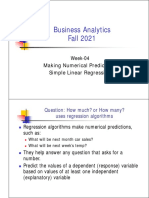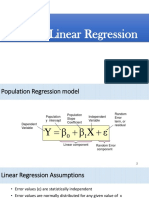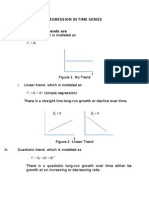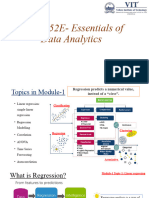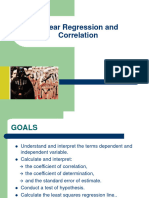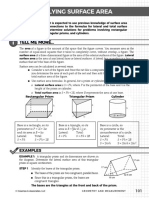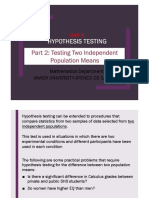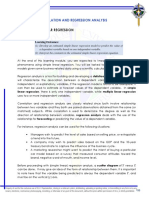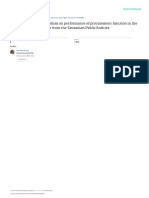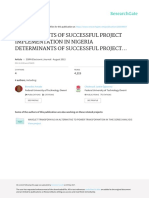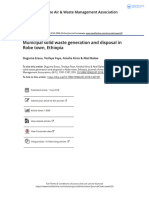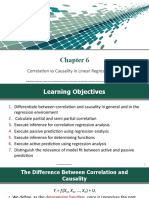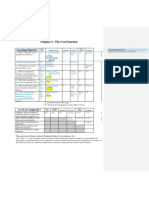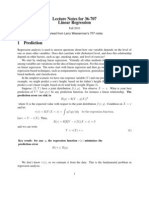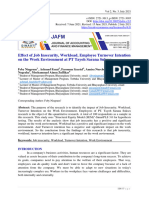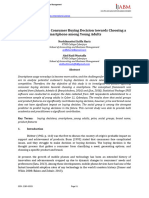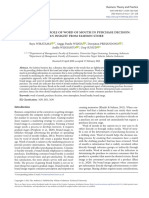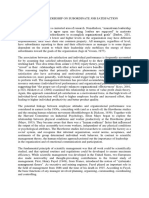0% found this document useful (0 votes)
278 views22 pagesRegression Analysis Guide
Regression analysis is a statistical method used to quantify the relationship between two or more quantitative variables and predict the value of a dependent variable from the independent variables. Simple linear regression involves using one independent variable X to predict the dependent variable Y based on the equation Y = a + bX, where a is the y-intercept and b is the regression coefficient. The document provides an example of using sales calls data to predict the number of copiers sold, derives the regression equation, uses it to make a prediction, and tests the significance of the regression model.
Uploaded by
shane naigalCopyright
© © All Rights Reserved
We take content rights seriously. If you suspect this is your content, claim it here.
Available Formats
Download as PDF, TXT or read online on Scribd
0% found this document useful (0 votes)
278 views22 pagesRegression Analysis Guide
Regression analysis is a statistical method used to quantify the relationship between two or more quantitative variables and predict the value of a dependent variable from the independent variables. Simple linear regression involves using one independent variable X to predict the dependent variable Y based on the equation Y = a + bX, where a is the y-intercept and b is the regression coefficient. The document provides an example of using sales calls data to predict the number of copiers sold, derives the regression equation, uses it to make a prediction, and tests the significance of the regression model.
Uploaded by
shane naigalCopyright
© © All Rights Reserved
We take content rights seriously. If you suspect this is your content, claim it here.
Available Formats
Download as PDF, TXT or read online on Scribd
/ 22


